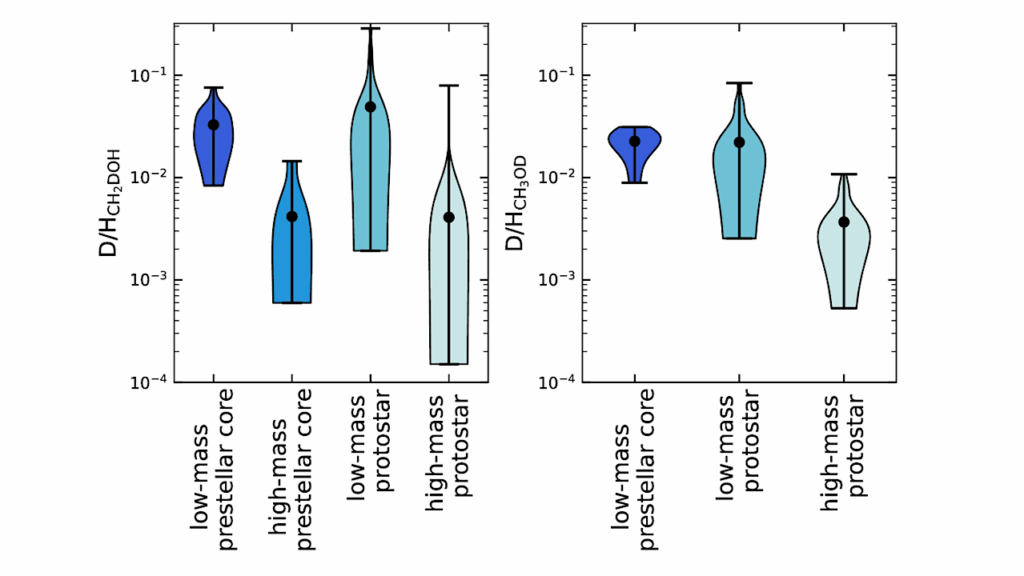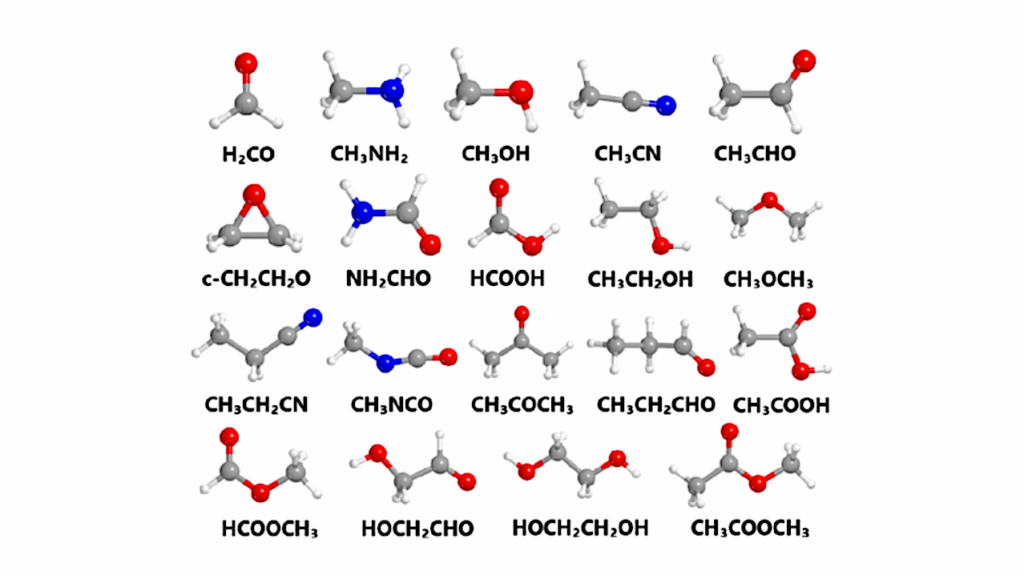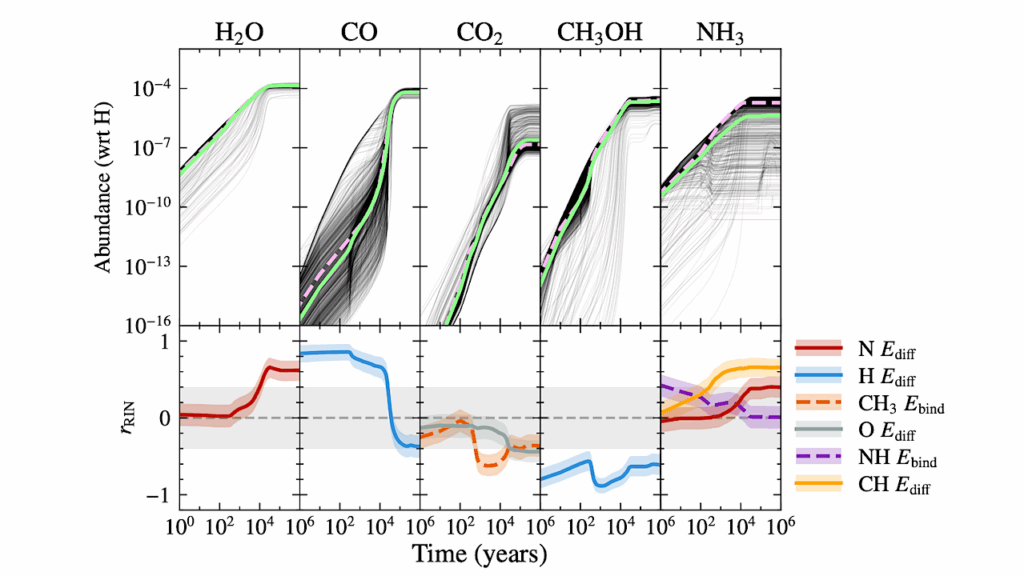Large Interferometer For Exoplanets (LIFE): VIII. Where is the phosphine? Observing exoplanetary PH3 with a space based MIR nulling interferometer

Phosphine could be a key molecule in the understanding of exotic chemistry happening in (exo)planetary atmospheres. While it has been detected in the Solar System’s giant planets, it has not been observed in exoplanets yet.
In the exoplanetary context however it has been theorized as a potential biosignature molecule. The goal of our study is to identify which illustrative science cases for PH3 chemistry are observable with a space-based mid-infrared nulling interferometric observatory like the LIFE (Large Interferometer For Exoplanets) concept. We identified a representative set of scenarios for PH3 detections in exoplanetary atmospheres varying over the whole dynamic range of the LIFE mission.
We used chemical kinetics and radiative transfer calculations to produce forward models of these informative, prototypical observational cases for LIFEsim, our observation simulator software for LIFE. In a detailed, yet first order approximation it takes a mission like LIFE: (i) about 1h to find phosphine in a warm giant around a G star at 10 pc, (ii) about 10 h in H2 or CO2 dominated temperate super-Earths around M star hosts at 5 pc, (iii) and even in 100h it seems very unlikely that phosphine would be detectable in a Venus-Twin with extreme PH3 concentrations at 5 pc.
Phosphine in concentrations previously discussed in the literature is detectable in 2 out of the 3 cases and about an order of magnitude faster than comparable cases with JWST. We show that there is a significant number of objects accessible for these classes of observations. These results will be used to prioritize the parameter range for the next steps with more detailed retrieval simulations. They will also inform timely questions in the early design phase of a mission like LIFE and guide the community by providing easy-to-scale first estimates for a large part of detection space of such a mission.
D. Angerhausen, M. Ottiger, F. Dannert, Y. Miguel, C. Sousa-Silva, J. Kammerer, F. Menti, E. Alei, B.S. Konrad, H. S. Wang, S.P. Quanz, the LIFE collaboration
Comments: In press. Accepted for publication in Astrobiology on 02 November 2022. 26 pages, 5 figures and 8 tables
Subjects: Earth and Planetary Astrophysics (astro-ph.EP); Instrumentation and Methods for Astrophysics (astro-ph.IM)
Cite as: arXiv:2211.04975 [astro-ph.EP] (or arXiv:2211.04975v1 [astro-ph.EP] for this version)
Submission history
From: Daniel Angerhausen
[v1] Wed, 9 Nov 2022 15:41:27 UTC (615 KB)
https://arxiv.org/abs/2211.04975
Astrobiology








